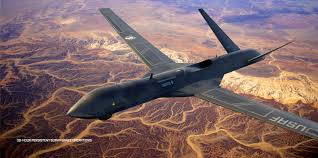The Evolution of Cyber Defense in the Modern Military

In today's interconnected world, cyber defense has become as critical as physical defense systems. Military organizations worldwide are investing unprecedented resources into building robust cyber defense capabilities to protect not just classified information, but also critical infrastructure.
The evolution of cyber defense in military contexts has seen three distinct phases. Initially, cyber defense was primarily focused on creating secure perimeters and firewalls. The second phase introduced more sophisticated threat detection systems and incident response protocols. Today, we're in the third phase—proactive defense that combines artificial intelligence, threat hunting, and offensive capabilities to identify and neutralize threats before they materialize.
Modern military cyber defense units now employ specialists ranging from ethical hackers to AI experts. These teams conduct regular vulnerability assessments, penetration testing, and war games to ensure readiness. The integration of quantum computing in defense systems promises to revolutionize encryption methods, potentially creating unhackable communication channels.
As we look to the future, the lines between physical and cyber warfare continue to blur, creating new challenges for defense strategists and policymakers alike.



